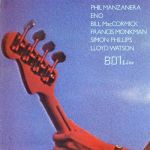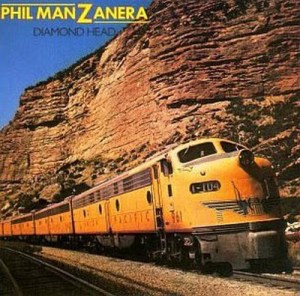More Roxy Music
More Art Rock Records
- With outstanding Double Plus (A++) grades or close to them from top to bottom, you’ll have a hard time finding a copy that sounds remotely as good as this original British pressing (one of only a handful of copies to hit the site in three years)
- Believe it or not, no copies in our most recent shootout, aside from the two shootout winners, had even Super Hot stampers on both sides, which was surprising since we know the right stampers and there were plenty of them in the shootout
- If you need top quality sound, and assuming it takes as long to get our next shootout going as it did this last one, please check back with us in 2027
- No domestic LP or import from any other country has ever been better than passable – we should know, we’ve been cleaning and playing every kind of pressing we could find for this title for forty years
- Credit as always goes to the brilliant engineering of Roxy’s go-to guy, Rhett Davies
- Flesh + Blood is the precursor to Avalon, with much the same style and sound – some of Roxy’s best material and biggest hits are here
Best Tracks
This is a transitional album. Some of it sounds like Avalon (“Oh Yeah,” “Over You,” etc) and some of it sounds more like their earlier material. It may not be as consistent as Avalon but it’s well worth owning for its best songs (listed below) and highly recommended for fans of the band.
Standout tracks on side one include In the Midnight Hour / Oh Yeah / My Only Love
Standout tracks on side two include Over You / Eight Miles High / Rain, Rain, Rain
Adventures in Music and Sound
AMG calls Roxy Music the “most adventurous rock band of the early 70s” and I’m inclined to agree with them. Roxy are certainly one of the most influential and important bands in my growth as a music lover and audiophile, joining the ranks of Supertramp, Ambrosia, 10cc, Steely Dan, Yes, Bowie and countless others, musicians and bands who seemed to me dedicated to exploring and exploding the conventions of popular music.
My equipment was forced to evolve in order to be able to play the scores of challenging recordings issued by these groups in the 70s.
You could say that the albums of Roxy Music and others informed not only my taste in music but the actual stereo I play that music on. I’ve had large scale dynamic speakers for the last four decades, precisely in order to play records like this, the kind of music I fell in love with more than forty years ago.
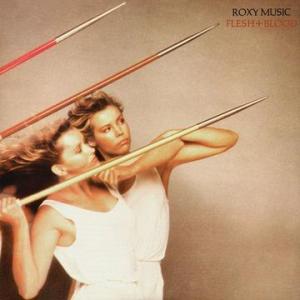

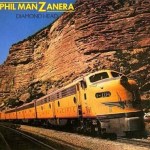


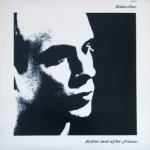 More of the Music of Brian Eno
More of the Music of Brian Eno In thirty plus years of record playing I can’t think of any domestic Eno LP that ever sounded this good.
In thirty plus years of record playing I can’t think of any domestic Eno LP that ever sounded this good.

